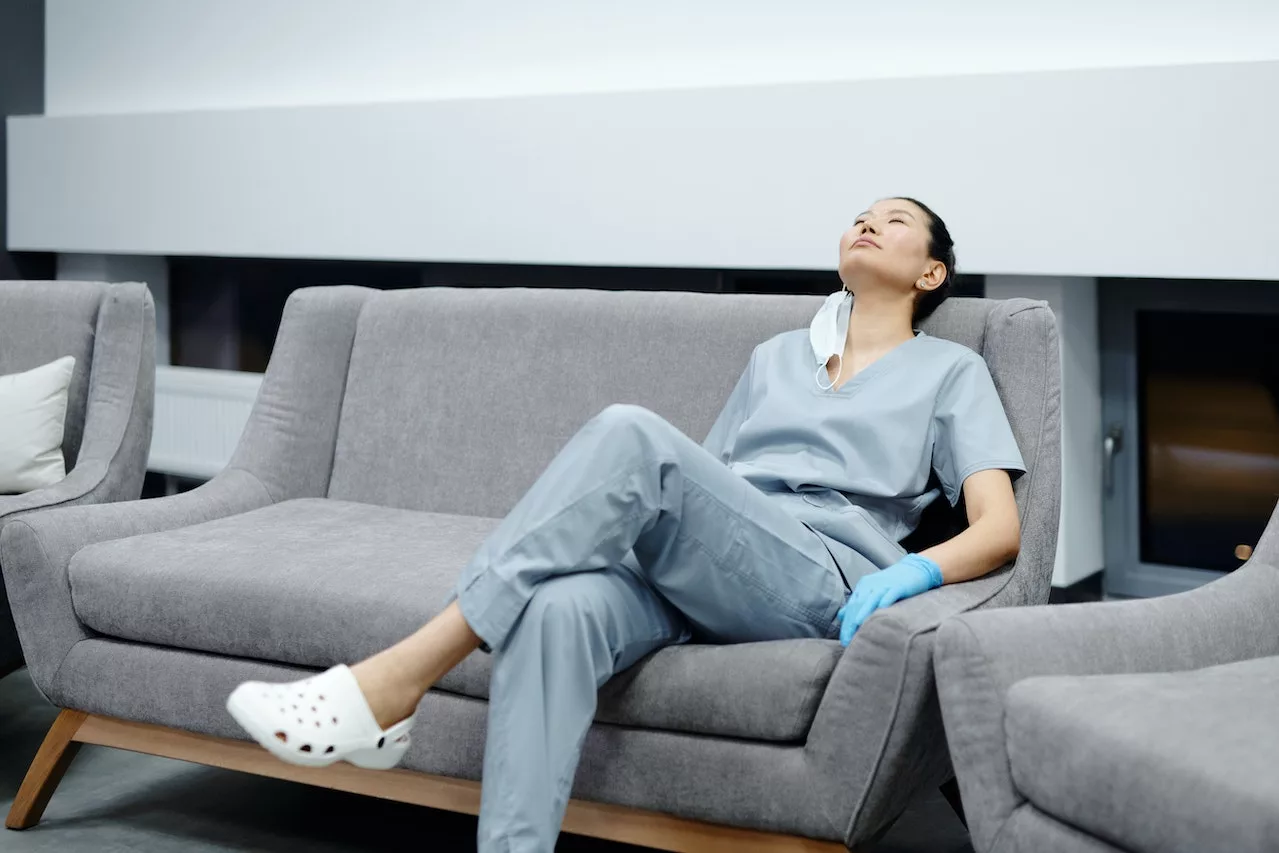A father and his son are in a horrible car crash that kills the dad. The son is rushed to the hospital. Just as the child is taken into the OR, the surgeon says, “I can’t operate — that boy is my son!” Explain.
In 2014, a Boston University study demonstrated that approximately 15% of the population were able to resolve this riddle — that the child’s mother was the operating surgeon.

Fifteen percent? Has feminism only advanced so much that 85% of people cannot figure out that the mother could be the surgeon?
Let’s shed some light on female surgeons
A Famous Female Surgeon in History

The earliest account of female surgeons dates back to 3500 BCE. But the road to acceptance has been long and bumpy. In the beginning of the 19th century, Dr. Miranda Stewart, the first qualified female British surgeon, posed as a man (Dr. James Barry) and served in the British military as a surgeon.
Fast forward to the 2016 and women in surgery have certainly come a long way. These days, women account for 49% of enrollees in medical school. And while it may appear that women have broken the OR’s glass ceiling, they have really only scratched the surface.
When it comes to specializing as a surgeon, the numbers plummet dramatically. According to an American Academy of Orthopaedic Surgeons (AAOS) member consensus, only 5.7% of orthopedic surgeons are women — the lowest percentage among all residency programs. Other specialties have higher numbers of females, but still reveal a gap that is striking.
The Power of Female Surgeons

Dr. Wendy Emerson of Central State Orthopedics and Dr. Corinne Horn of NYOG (both Surgimate clients), are seemingly satisfied with the advancements women have made in the surgical field. Discrimination plays little to no role in their careers, but both indicated some level of dissatisfaction with how women are viewed and represented in the surgical field.
According to Dr. Emerson, “if you’re a woman in scrubs, people assume you’re a nurse.” This is a common oversight — not just by patients, but by hospital staff as well.
Dr. Horn notes that, “women are definitely underrepresented in terms of the academia and leadership of surgical societies.” According to Dr. Horn, this is because any free time women surgeons have after work is usually spent with their children. “It’s sort of the reality of being a woman surgeon — you can’t actually do it all, you have to do what you can do and say ‘that’s the best I can do’.”
Gender is so ingrained in us that breaking the glass ceiling requires breaking free of gender stereotypes — a complicated process that is advancing slowly over time.
With each generation, women are making tremendous progress, and in ten years from now, female surgeons are unlikely to face the challenges they encounter today. But in order to achieve this, it is critical women feel empowered to withstand these adversities and assert themselves in the OR.
Embrace Your Point of Difference

Bringing something new or different to the table can make female surgeons stand out from their male counterparts, and actually give them an edge. Fortunately, female surgeons have many positive traits that can work to their advantage:
- Dr. Emerson says she is able to offer more empathy to her patients than her male counterparts, an attribute some patients prefer.
- Dr. Horn, a facial plastic and reconstructive surgeon, says that because she is a female, she feels she can better understand her patients and provide better insight when it comes to detailed cosmetic work.
- Many women prefer to be seen and treated by a female doctor, especially for women’s health issues.
- According to various studies, female doctors see patients for almost 10% longer than male doctors; proof that they are generally more patient and willing to give more of their time.
- Women tend to be better listeners and display more empathy, which is very comforting to many patients.
- Female surgeons can be less intimidating and as a result, patients may feel more comfortable sharing intimate details about their health that are critical for diagnosis.
This is, of course, not overlooking the fact that male surgeons may embody all of these traits, and some women may not exhibit any of them. But women need to start viewing their gender as an asset rather than a liability.
Paving A Brighter Future for Female Surgeons

Women in surgery have certainly come a long way since Dr. Stewart posed as a man to serve as a surgeon in the military — but there is still a far way to go.
In order to keep advancing, women need to build on the road paved for them by their predecessors, embrace their points of difference, and determine what they, as women, can offer to the surgical world.
This is by no means an easy feat. But as the push for gender equality strengthens, and we educate our children with these values, the riddle mentioned above will no longer be relevant, it will just be a norm in society.




